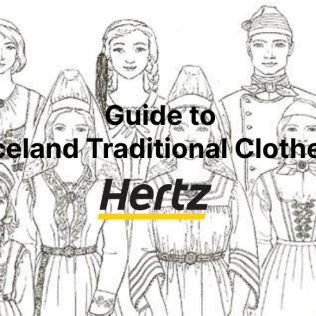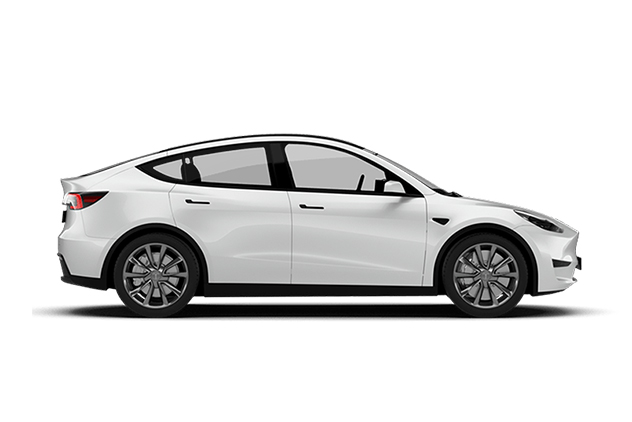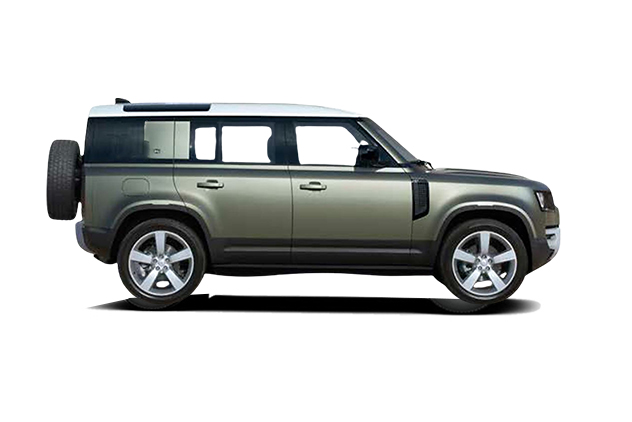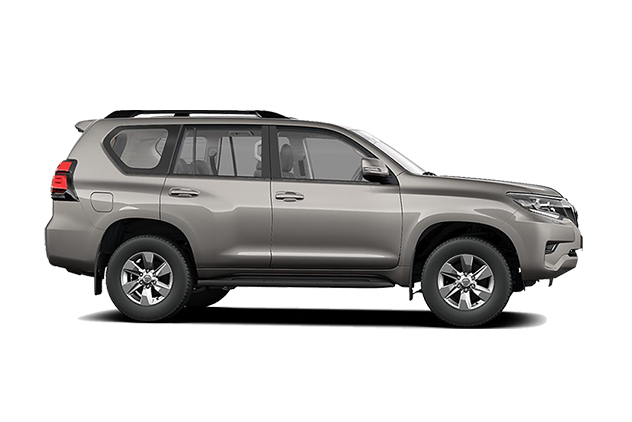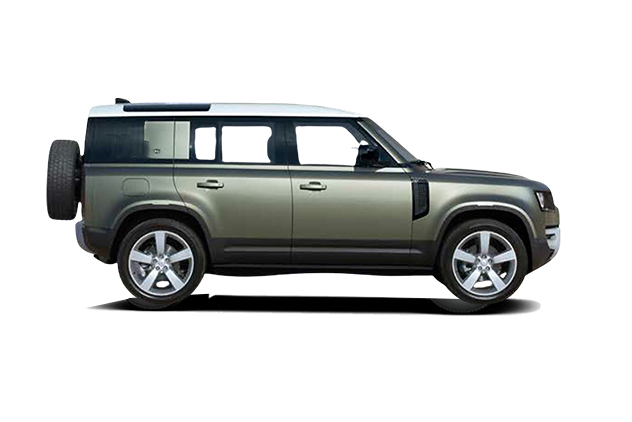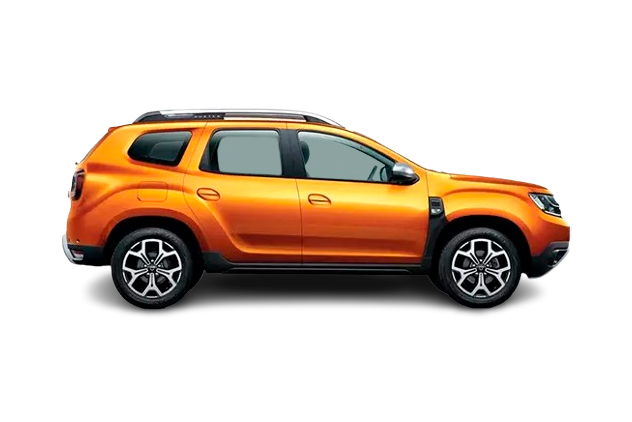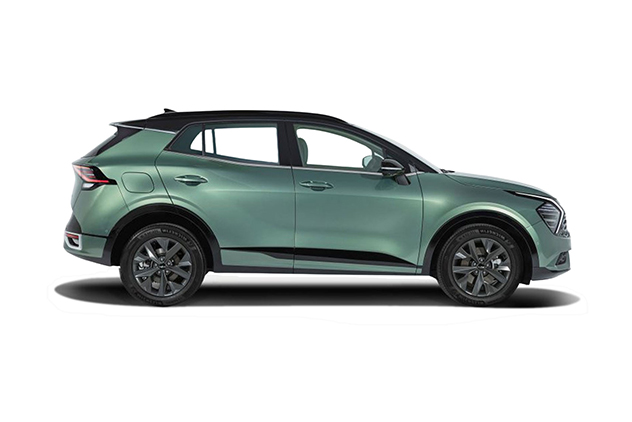Discover the beauty and history of Icelandic traditional clothing. From the 16th century to today, learn how these outfits celebrate Iceland’s culture during national holidays, weddings, and festivals.
Introduction to Iceland Traditional Clothes
What comes to mind when you think of traditional Icelandic clothing? Perhaps it’s the vibrant colors, the detailed embroidery, or the historical significance behind each piece. Iceland’s traditional attire is not just about fashion; it’s a deep-rooted expression of the nation’s culture, identity, and the unwavering spirit of its people.
From simpler, less decorative working clothes to the intricate designs seen in old paintings and manuscripts, Icelandic clothing tells a story of a nation’s journey through time. At Hertz Iceland, having woven our story alongside Iceland’s for over 53 years, we are eager to share this rich tapestry of history and tradition with you.
Iceland’s traditional clothes, known as þjóðbúningurinn in Icelandic, are a beautiful blend of history, culture, and identity. Each piece, from the detailed dresses for women to the durable clothing for men and the adorable outfits for children, tells a part of the Icelandic tale of resilience and creativity. With our long-standing connection to this magnificent country, Hertz Iceland is delighted to delve into the traditions that make Iceland unique.
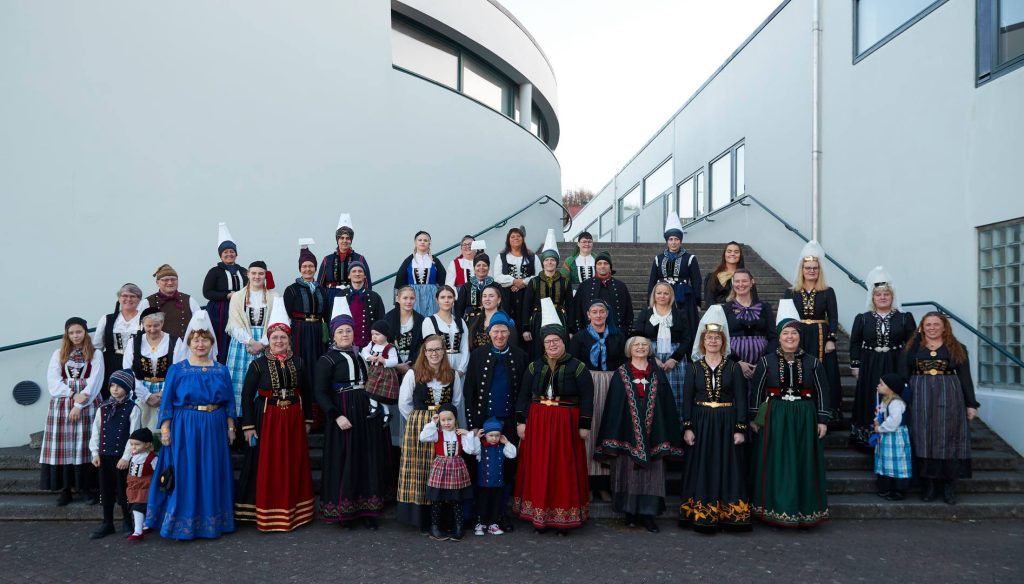
photo from Annríki – Þjóðbúningar og skart
A Glimpse into Iceland’s Heritage
Iceland’s traditional clothes tell a story of identity and pride. Rooted in history, these costumes are a window into the past, showcasing the resilience and creativity of the Icelandic people. From the vivid faldbúningur to the elegant upphlutur, each piece carries the essence of Iceland’s rich cultural tapestry.
The Fabric of Icelandic Identity
The journey through Iceland’s traditional attire begins with the þjóðbúningurinn, the national costume. These outfits are more than just clothing; they are symbols of Iceland’s heritage, celebrated during festivals and national days. Men’s garments, like the búningur karla, and women’s dresses, such as the peysuföt, reflect Iceland’s connection to its Nordic roots, blending functionality with intricate designs.
The Origins in the 16th and 17th Centuries
The story of Icelandic traditional clothes begins in the 16th and 17th centuries, rooted in practicality and the necessity of braving the harsh Icelandic climate. Early paintings and manuscripts depict the simplicity and functionality of these garments, designed to withstand the elements while embodying the resilience and ingenuity of Icelandic people.
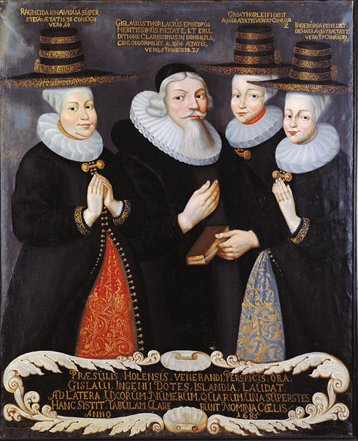
The 18th and 19th Centuries: A Tapestry of Tradition
As we move into the 18th centuries and 19th centuries, the Faldbúningur emerges as a symbol of Icelandic identity. This period saw a flourish in the richness of the national costume, with women’s attire becoming more elaborate, reflecting their roles and status within Icelandic society.
The detailed craftsmanship of these garments is documented in numerous paintings and manuscripts, offering a window into the cultural vibrancy of the time.

However, the practical needs of Icelandic women led to the adoption of the Peysuföt, a simpler and less decorative ensemble, better suited for daily tasks. This shift towards more practical working clothes marked a significant evolution in the national costume, balancing the aesthetic traditions with the demands of everyday life in Iceland.
Sigurður Guðmundsson and the Renaissance of Tradition
In the 19th century, Icelandic artist Sigurður Guðmundsson played a pivotal role in the revival and reinterpretation of the Icelandic national costume.
Seeking to infuse the traditional attire with Viking-era ornamentation, Guðmundsson’s designs for the Kyrtill and Skautbúningur introduced a new era of ceremonial costumes, distinctly Icelandic yet reflective of the nation’s historical roots.
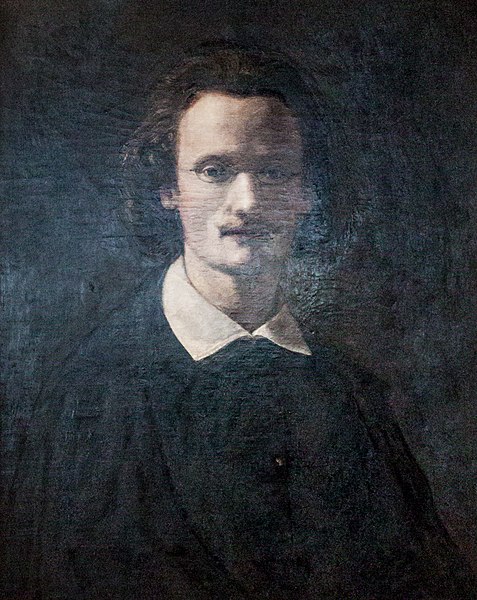
The 20th Century and Beyond: Preserving Heritage
The 20th century witnessed a renewed interest in preserving and celebrating the Icelandic national costume.
The establishment of the National Costume Board marked a formal effort to maintain the integrity and continuity of these traditional garments.
Today, these costumes are a source of national pride, worn during significant celebrations and serving as a reminder of Iceland’s rich cultural heritage.

For the Women: Elegance and Grace
Icelandic women’s traditional dresses are known for their elegance and intricate details. The upphlutur, a form-fitting bodice paired with a full skirt, is perhaps the most recognized.
Another is the peysuföt, characterized by a woolen blouse and skirt, showcasing Iceland’s weaving skills.
Not to forget the faldbúningur, an older style with a distinctive folded skirt, offering a glimpse into the past.
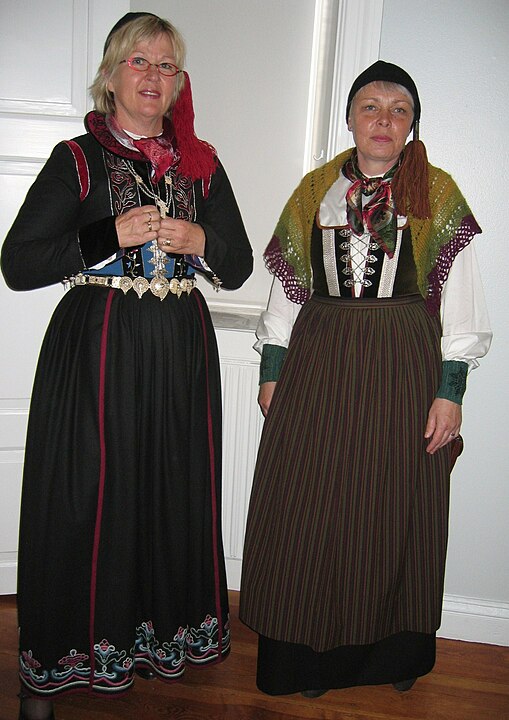
Each of these dresses is complemented with accessories like the skautbúningur, a headpiece that varies in design, reflecting different areas of Iceland.
For the Men: Strength and Simplicity
The traditional attire for Icelandic men, known as búningur karla, mirrors the nation’s rugged landscapes.
Comprising mainly of wool, the outfits are designed for durability and warmth.
The ensemble typically includes woolen trousers, a vest, and a jacket, often adorned with silver buttons and belts.
The kyrtill, a type of tunic, harks back to the Viking age, embodying the spirit of Icelandic ancestors.

For the Children: Future Bearers of Tradition
Children’s traditional clothes miniaturize adult versions, preparing them as future custodians of Icelandic culture.
Little girls wear dresses similar to the upphlutur or peysuföt, while boys don traditional woolen pants and vests.
These outfits are not only worn for celebrations but also serve as a powerful connection to their heritage.

When Do Icelanders Wear Their Traditional Clothes?
You might be wondering, “When do Icelanders actually wear these traditional clothes?” In Iceland, these special outfits are worn during important events and celebrations. For example, on Iceland’s National Day, you’ll see many people dressed in their national costumes, proudly celebrating our culture and history. Also, during weddings, christenings, and major festivals, Icelandic people often wear these traditional clothes.
It’s a beautiful way to honor our past and showcase our rich heritage. So, if you’re visiting Iceland during one of these special times, you might get to see these stunning outfits in person, bringing history to life right before your eyes.

mbl.is/Kristinn Magnússon
Hertz Iceland: Your Cultural Companion
At Hertz Iceland, we pride ourselves on our intimate knowledge of Iceland’s culture and traditions. Having witnessed the evolution of this magnificent land and its customs, we understand the stories woven into the fabric of Iceland’s traditional clothes. Our deep connection to Iceland enhances our commitment to providing you with an authentic Icelandic experience.
As you explore Iceland with us, you’re not just embarking on a journey across landscapes; you’re stepping into a story centuries in the making. Whether you’re marveling at the majestic fjords, traversing the volcanic landscapes, or attending a traditional Icelandic festival, Hertz Iceland is here to guide you through the heart and soul of our country.
